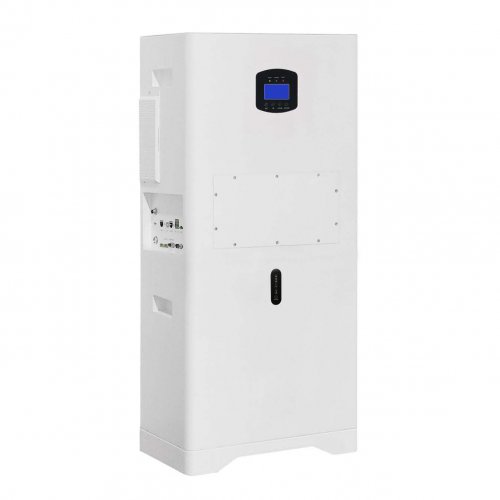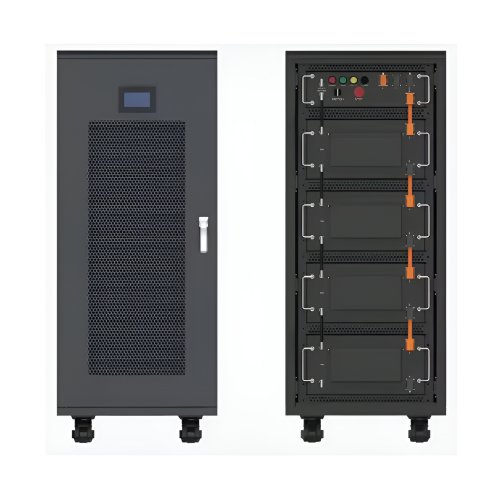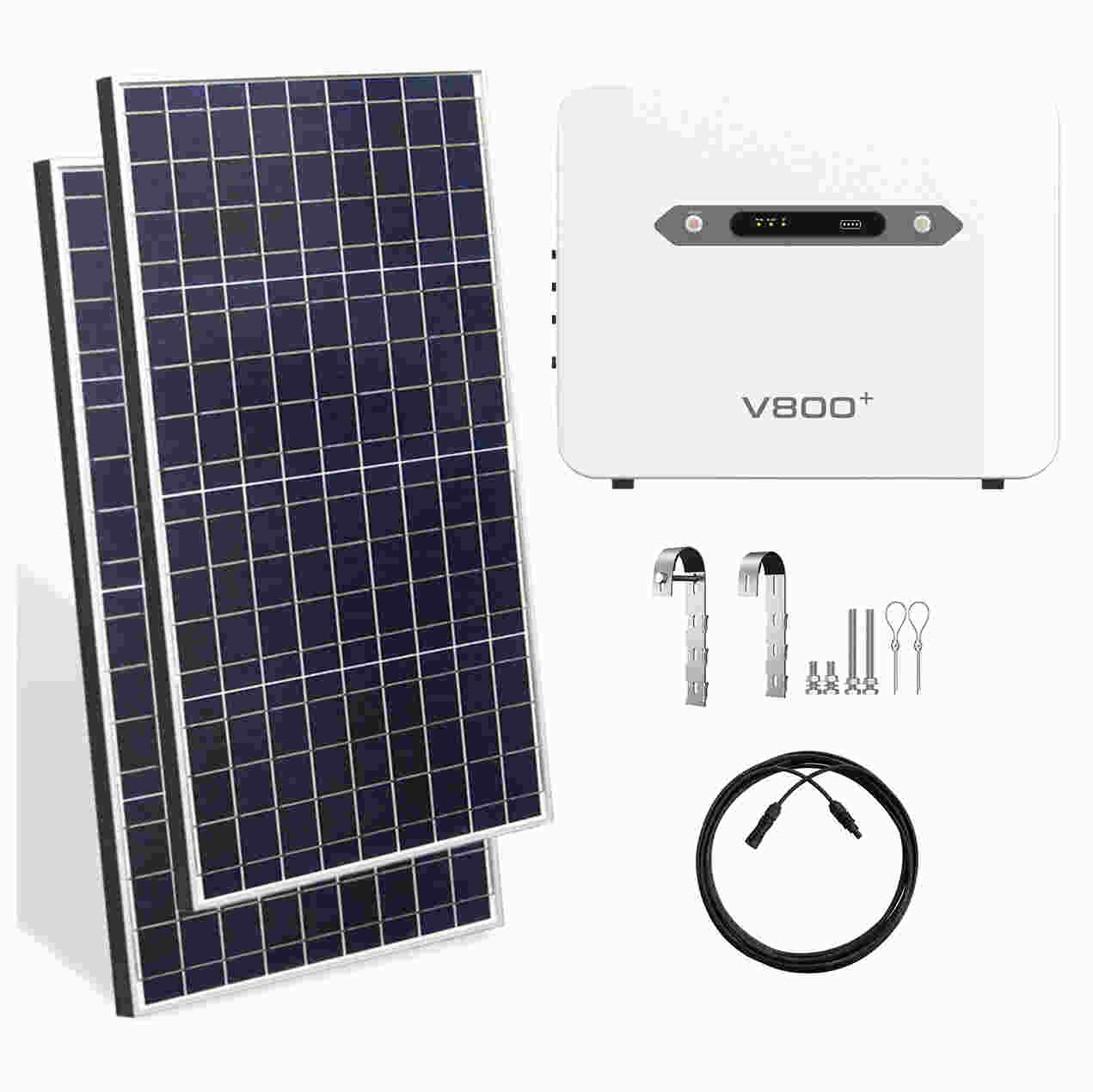How To Use User Manual: A Comprehensive Guide To Maximizing Product Understanding And Efficiency
A user manual, often overlooked or hastily discarded, is one of the most powerful tools at your disposal for mastering a new product. It is the primary source of truth from the manufacturer, designed to ensure you can set up, operate, and maintain your device safely and effectively. This guide will walk you through the process of not just reading, but truly utilizing a user manual to unlock your product's full potential.
Step 1: Initial Familiarization and Safety First
Before you even unbox the main product, locate the user manual. It might be a physical booklet, a PDF on an included CD, or a link to a website. Your first and most critical step is to read the safety instructions. This section is non-negotiable. It contains vital information about electrical requirements, operating conditions (e.g., temperature, humidity), and crucial warnings about whatnotto do to prevent injury or damage. Look for universal safety symbols and ensure you understand their meanings. Skipping this section risks personal harm and invalidating your warranty.
Step 2: Systematic Unboxing and Inventory Check
Use the manual’s “What’s in the Box” or “Package Contents” section as a checklist. Lay out all items and verify everything is present and undamaged. This immediate check is essential for reporting missing parts to the retailer or manufacturer promptly. The manual will clearly distinguish between essential components and optional accessories, preventing confusion during setup.
Step 3: Guided Assembly and Installation
Resist the urge to assemble something purely by intuition. Follow the step-by-step installation or assembly guide precisely. Manufacturers have specific methods to ensure optimal performance and safety.Read the step first: Read the instructions for the next step completely before performing any action.Examine diagrams: Cross-reference the written instructions with the provided diagrams or pictures. They often reveal orientation, alignment, and connection details that text alone may not convey.Sequence matters: Do not skip steps or change their order. A later step often depends on the correct completion of an earlier one.
Step 4: Mastering Basic Operation
Once assembled and powered on, move to the “Getting Started” or “Basic Operations” chapter. This is designed to get you up and running with core functions quickly.Identify key components: Use the manual to locate and understand the purpose of every button, port, indicator light, and interface element on the device.Perform the first operation: Follow the guide to perform a basic task, like making a first call with a phone, printing a test page, or programming a simple cycle on an appliance. This builds confidence and confirms the device is functioning.
Step 5: Exploring Advanced Features and Customization
This is where the manual transforms from a basic guide into a source of empowerment. Most users only utilize a fraction of their device's capabilities. The manual is your map to these hidden features.Use the Table of Contents and Index: Don’t read the manual cover-to-cover like a novel. Use these tools to quickly find specific features you want to learn about, such as “connecting to Bluetooth,” “setting a timer,” or “using advanced shooting modes.”Understand settings menus: For complex electronics, the manual decodes cryptic settings menus, explaining what each option does and recommending configurations for different scenarios.
Step 6: Routine Maintenance and Troubleshooting
A manual provides the schedule and procedures for maintaining your product, which is key to its longevity. This includes cleaning instructions, software update processes, and part replacement intervals (e.g., filters in air purifiers).
When something goes wrong, the troubleshooting section is your first line of defense. It is typically organized as a table of symptoms, possible causes, and recommended solutions.Before you call for support: Always consult the troubleshooting guide. More than half of all support calls are resolved by solutions already detailed in the manual. This can save you significant time and frustration.Error codes: Modern devices display error codes. The manual provides the definitive list of these codes and their meanings, telling you exactly what the device has detected as wrong.
Step 7: Understanding Specifications and Warranty
The technical specifications section helps you understand the limits and capabilities of your product, such as power consumption, compatible file formats, or network requirements. Finally, carefully review the warranty information to know what is covered, for how long, and the procedure for making a claim.
Practical Tips and Best PracticesKeep it Accessible: File the physical manual in a known location. For digital versions, save the PDF to your cloud storage (like Google Drive or Dropbox) and bookmark the online link. This ensures you can access it from anywhere, at any time, especially useful during troubleshooting.Annotate Your Copy: If you have a physical manual, don’t hesitate to highlight important passages or jot down notes. For a digital copy, use PDF annotation tools to add comments or bookmarks for future reference.Check for Updates: Products, especially software-driven ones, evolve. Periodically check the manufacturer’s website for an updated version of the manual that might cover new features or revised procedures.Leverage the Index: The index is an incredibly efficient tool for finding specific information quickly. Use it liberally.
Important ConsiderationsClarity of Language: If the manual is poorly translated or unclear, visit the manufacturer’s website. They often have better-translated versions, video tutorials, or FAQs that can clarify the points of confusion.Legal and Compliance Information: The manual contains important legal information regarding compliance with regulations. It also details proper disposal procedures for the product and its batteries, which is crucial for environmental responsibility.
In conclusion, a user manual is far more than a trouble-shooting appendix; it is a comprehensive guide to ownership. By adopting a methodical approach to using it—from safety checks to advanced feature exploration—you ensure a safer, more efficient, and more rewarding experience with your product, protecting your investment and unlocking its true value.
Customized/OEM/ODM Service
HomSolar Supports Lifepo4 battery pack customization/OEM/ODM service, welcome to contact us and tell us your needs.


HomSolar: Your One-stop LiFePO4 Battery Pack & ESS Solution Manufacturer
Our line of LiFePO4 (LFP) batteries offer a solution to demanding applications that require a lighter weight, longer life, and higher capacity battery. Features include advanced battery management systems (BMS), Bluetooth® communication and active intelligent monitoring.

Customised Lithium Iron Phosphate Battery Casing
ABS plastic housing, aluminium housing, stainless steel housing and iron housing are available, and can also be designed and customised according to your needs.

HomSolar Smart BMS
Intelligent Battery Management System for HomSolar Energy Storage System. Bluetooth, temperature sensor, LCD display, CAN interface, UART interface also available.


Terminals & Plugs Can Be Customized
A wide range of terminals and plugs can be customised to suit the application needs of your battery products.

Well-designed Solutions for Energy Storage Systems
We will design the perfect energy storage system solution according to your needs, so that you can easily solve the specific industry applications of battery products.



About Our Battery Cells
Our energy storage system products use brand new grade A LiFePO4 cells with a battery lifespan of more than 4,000 charge/discharge cycles.



Applications in Different Industries
We supply customized & OEM battery pack, assemble cells with wiring, fuse and plastic cover, all the cell wires connected to PCB plug or built BMS.
Applications: E-bike, Electric Scooter, Golf Carts, RV, Electric Wheelchair, Electric Tools, Robot Cleaner, Robot Sweeper, Solar Energy Storage System, Emergency Light, Solar Power Light, Medical Equipment, UPS Backup Power Supply.
We can provide you with customized services. We have the ability to provide a vertical supply chain, from single cells to pack/module and to a complete power solution with BMS, etc.


HomSolar (Shenzhen) Technology Co., Ltd
























